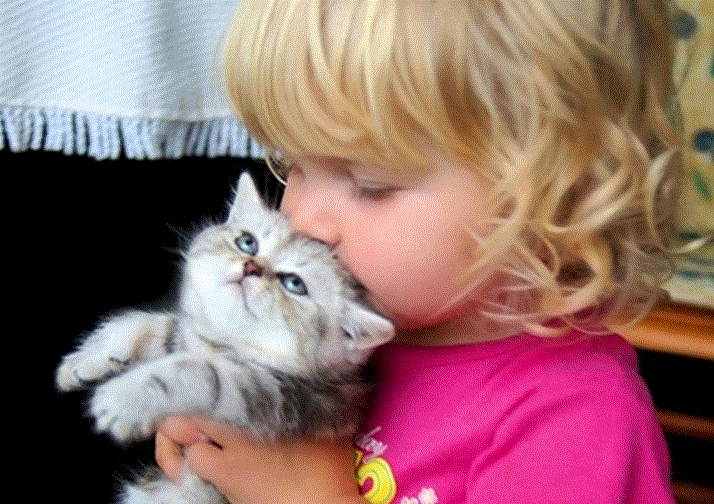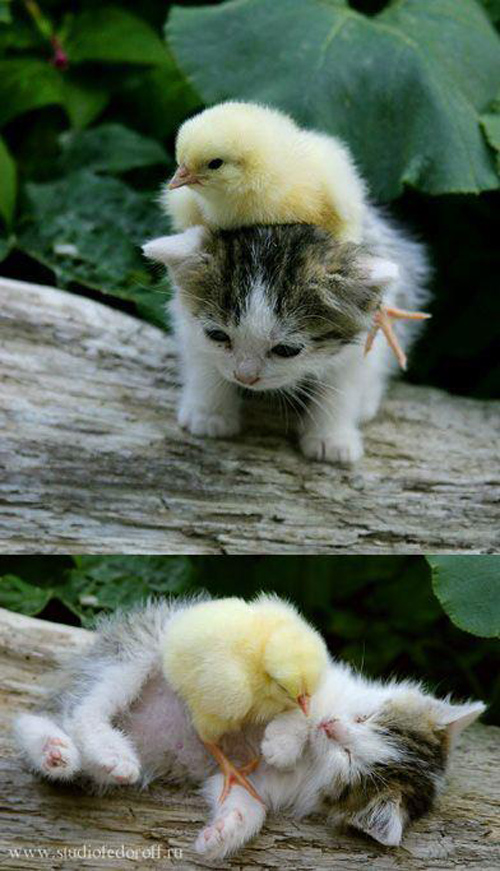Pet CPR & First Aid Taken from Rescue Critters, www.rescuecritters.com, makers of animal training mannequins.
The following is a simple breakdown of dog & cat CPR. It’s written for the average pet owner and in plain language. It uses the common accepted approach to pet cardiopulmonary resuscitation according to excepted standards of Pet First Aid courses throughout the United States. Pet First Aid is not intended to take the place of professional veterinary care. It is recommended that you take a Pet First Aid course from a certified instructor.
ABC’s (Airway, Breathing, Circulation)
Airway: Probably one of the most important things you can do after SAFETY is to make sure your dog or cat is breathing. To do this, you want to gently tap your dog or cat and call out their name to see if they move. Then (being careful not to get bitten or scratched) lean down close and LOOK, LISTEN AND FEEL for breathing.
- Look: at the chest of the animal to see if it’s moving.
- Listen: to see if you can hear them breathing.
- Feel: on your cheek or back of your hand for a breath.
Breathing: If your dog or cat is not breathing, pull their tongue just a little bit, close the mouth and tilt their head just a little to open their Airway. Give them 4 -5 breaths from your (guess what?) mouth to their nose! This is Mouth-to-Snout resuscitation. You’ll want to give them just enough air to make the chest rise. Big dogs need more – little dogs or cats much less. Remember not to give too much air! You don’t want to hurt them.
Circulation: This means you’re checking to see if their heart is working OK. To do that you must check for a heart beat which is called a pulse. There are pulse points located in various areas on your dog or cat. For a dog the best place to find the pulse is on the inside of the rear leg, towards the top of the leg. This is called the Femoral Pulse. For a cat the best place to find the pulse is on the outside of the left front leg, just behind the shoulder. This is called an Apical Pulse.
Rescue Breathing
Rescue Breathing is when you have to breath for your dog or cat because they are not breathing on their own. You do this when your dog or cat has a pulse but is not breathing.
- Step 1: First do your ABC’s, don’t forget to LOOK, LISTEN, and FEEL for breathing.
- Step 2: If not breathing, give 4-5 breaths using Mouth-to-Snout resuscitation.
- Step 3: Check for pulse on the Femoral Artery for dogs or check the Apical Pulse for cats or really small dogs.
- Step 4: If there is a pulse, but no breathing start Mouth-to-Snout resuscitation giving 1 breath every 3 seconds. For cats or really small dogs, give 1 breath every 2 seconds.
CPR (cardiopulmonary resuscitation)
CPR: First do your ABC’s, don’t forget to LOOK, LISTEN, and FEEL for breathing. CPR can only be performed if your dog or cat is not breathing and has no pulse. Follow Steps 1,2,3 same as in Rescue Breathing. If there is no Pulse, start CPR
Dog = Place the dog on the ground or other hard surface with its right side down. Take it’s left front leg and bend at the elbow, rotating at the shoulder. The point where the elbow of the dog touches the body is where you place your hands for compressions. Put one hand on top of the other and clasp your fingers together. Lock your elbows and start performing compressions. Push approximately 2-3 inches deep. Give compressions first then a breath. After 1 minute check for a pulse. repeat if there’s no response.
- Giant Dogs = Give 1 breath every 10 compressions.
- Medium to large dogs = Give 1 breath every 5 compressions.
- Small Dogs = Give 1 breath every 5 compressions.
Cats or really small dogs = Place the animal flat on the ground. Then put your hands on either side of the animal’s chest, right behind the shoulder blades with your palms over the heart (sandwiching the animal’s chest between both hands). Compress approximately ½ – 1 inch deep. After 1 minute, check for a pulse again.
- Cats or really small dogs = Give 1 breath every 3 compressions.














